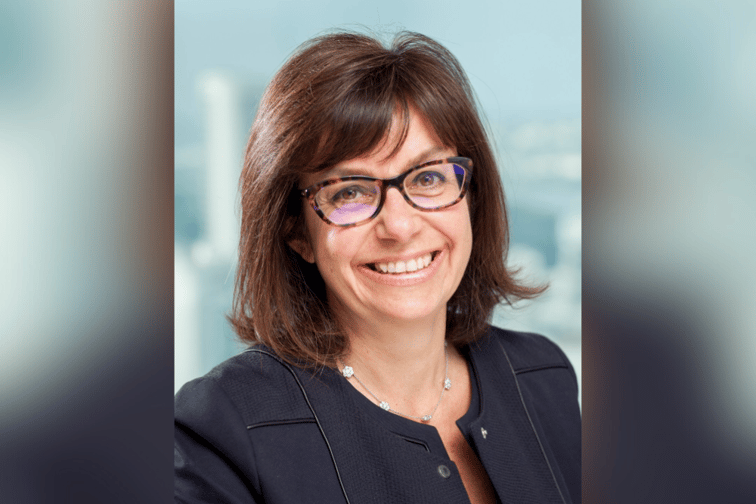

Climbing the ranks in insurance leadership can be challenging enough for experienced women professionals. But what about women crossing over from other industries?
That was the scenario Isabelle Santenac (pictured) found herself in several years ago. Now EY’s global insurance leader, she spent decades in the banking sector before making the shift.
But it wasn’t a smooth landing for her in insurance, as she told Insurance Business.
“Thirty-five (35) years ago, when I started my career, it was even less frequent to have female leaders in any organization,” Santenac said.
Moving from one male-dominated field to another, she admitted feeling judged on two fronts: being a woman and not having an insurance background.
“I remember the reactions of people I was proposed to lead. One of our biggest insurance accounts said, ‘How is she going to do that? She’s not a pure insurance specialist,’” she recalled.
“I think it was a combination of me being not a great expert in this business, but maybe also being a woman. I didn't tick a lot of boxes.”
Santenac initially specialized in financial services, working with large organizations under EY, one of the world’s largest consulting firms.
Today, she leads more than 23,000 professionals providing auditing, consulting, tax, and assurance services to insurers worldwide.
Reflecting on her experiences, the EY head said there is still a long way to go to shift gender imbalances and biases in insurance.
“I think insurance is even less inclusive than other businesses in a way,” she said. “It’s a bit like the banking industry, in particular investment banking, where you need deep expertise.”
Insurance, like other financial industries, are fields with highly technical professions that traditionally don’t attract a lot of women, Santenac said.
Gender imbalances at the recruitment stage make it even more difficult for organizations to achieve parity at the top levels. Global research by Swiss Re Institute has found that women represented roughly one-fifth of insurance and reinsurance executives in 2019, and only 10% of CEOs.
But Santenac believes the insurance industry has come a long way since her own beginnings.
“It takes time to change. The good thing is that are more and more women taking leadership roles in the insurance industry. Many traditional insurance roles are now taken also by women,” she said. “That shows things are progressing. But for any company, there is still a lot to do.”
A proud mother of three, Santenac acknowledged there are still many structural barriers for women in the insurance industry. Balancing work and home life is still one of the key themes in diversity and inclusion conversations.
“Combining your personal life, potentially with children, and your work life is challenging anyway. It becomes even more challenging in countries where there’s less support for [caring for] young children,” she said.
Thanks to her supportive partner and family, Santenac was able to hurdle some of the toughest parts of being a working mother. But she admitted that other women might not be as lucky.
“I'm surprised and sometimes shocked when women whom I mentor or work with, say ‘I’m wondering when the right time to have a child is. Maybe I should wait until I’m at a certain point in my career,’” she said.
“It’s difficult to hear but I understand why some women are hesitating. We still have a lot to do within our organizations to support women who want to have children, so they don’t feel like they will be put aside for promotions or lose time in their careers.”
What’s one concrete action insurance executives can take to promote gender equality in leadership roles?
Challenge gender biases and take a risk on women, said Santenac.
She said: “[Male leaders think] ‘Why should I pick the female for the role rather than the male who looks like me?’ I think there’s still an unconscious bias when it comes to selecting leaders.
“Maybe she is ticking less boxes because she's not behaving like a male. But that’s perfect because that's what we need if we want diverse teams.
“I think you need to force yourself as a leader to make some choices and say, ‘OK, I'm going to appoint this female,” Santenac said.
“Maybe right now, I'm not totally sure she's ready, but I'm sure she can demonstrate she will be a good leader. Sometimes you have to force yourself to take a risk.”
Do you agree with Santenac’s sentiments about gender inclusivity in insurance? Sound off in the comments below.
